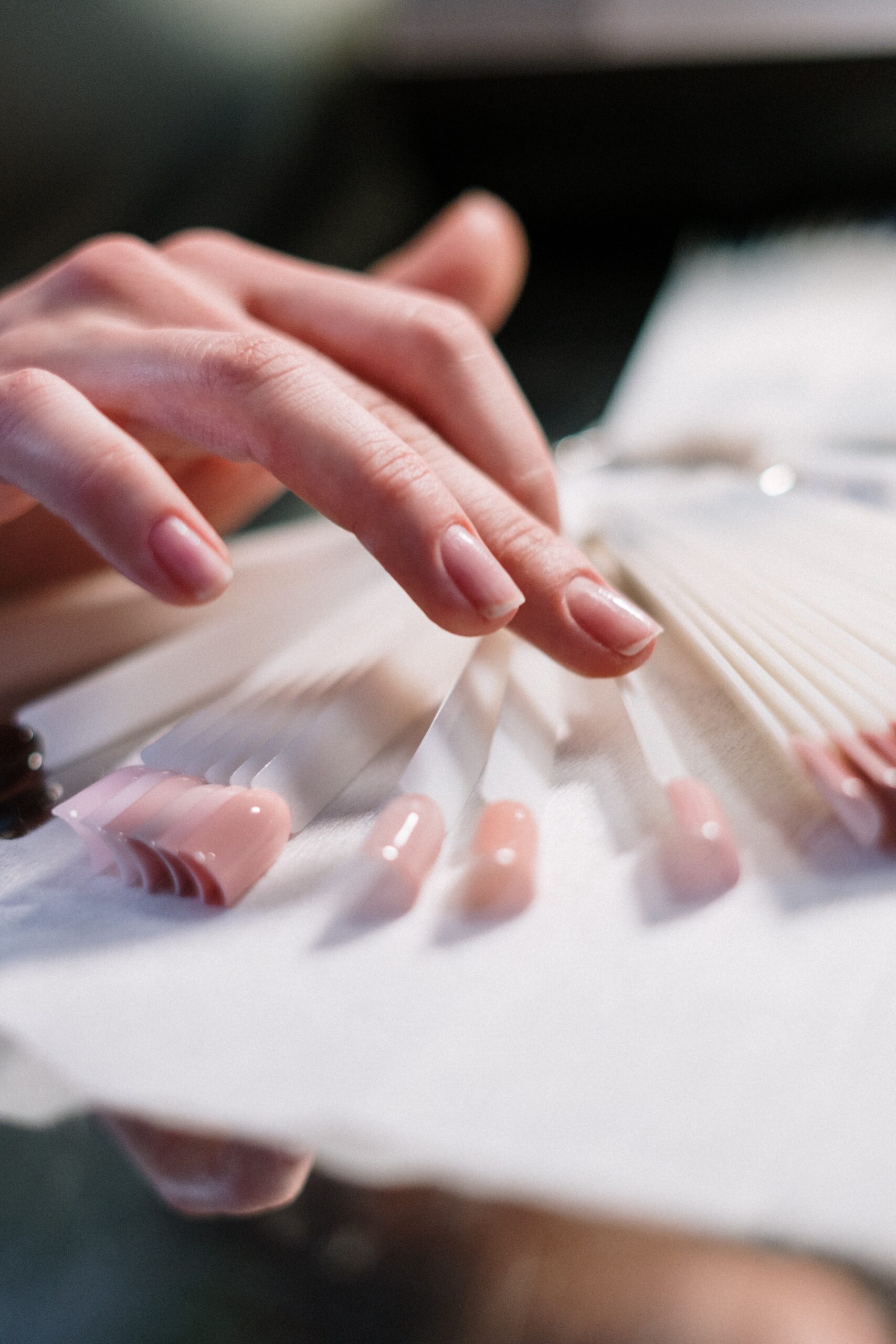Cyanoacrylate Adhesive Glue Exposures
by Dr. Grant D. Lackey, PharmD
False fingernails and false eyelashes have gone from a special occasion look to becoming an everyday necessity for some.
Most of these adhesives are typically made of an adhesive component, solvents, surfactants, and ammonium hydroxide. Some adhesives contain glycol ethers, which are potentially toxic if swallowed. Glycol ethers are a group of solvents that are commonly found in cosmetics, pharmaceuticals, cleaners, and many other industrial and home products. The toxic dose of most glycol ethers is unknown. Many adhesives can contain chemicals that are generally irritating like alcohol and detergents.
Commonly a cyanoacrylate adhesive is used. Cyanoacrylate is also found in instant bond glues like Super Glue® or Krazy Glue®. In liquid form, cyanoacrylate exists as monomers. When they interact with water or the moisture in the air, the monomers polymerize and join to bond surfaces together. It is a fast-acting adhesive that dries and sets within seconds. Cyanoacrylate can be an irritant to the skin and eyes in liquid form and when its fumes are inhaled. Once cyanoacrylates are dried, they are inert. However, dried cyanoacrylate forms a small, solid lump that can be physically irritating to the eyes, skin, and mucous membranes.
Treatment for swallowing any cyanoacrylate adhesives includes rinsing out the mouth and drinking a few sips of water. Life-threatening airway obstruction can occur if a large amount of cyanoacrylate adhesive is swallowed or inhaled. If anyone is having trouble breathing, call 911.
Do and Don’ts:
- If inhaled, move to fresh air.
- To remove temporary or semi-permanent adhesives from skin, wash the skin well with water and soap.
- Soak the body part in warm soapy water to slowly loosen the glue.
- Petroleum jelly, mineral oil, or a topical antibiotic ointment might also work.
- Around the face, eyes, or near any mucous membrane acetone use should be avoided.
- Do not use fabric, like a cotton ball or swab, to remove cyanoacrylate. Cyanoacrylate can react with cotton or wool to release enough heat to cause burns.
- Do not rip cyanoacrylate glue off the skin, as this will also remove the skin. If you are still unable to remove cyanoacrylate glue, don’t worry. It will fall off by itself in about 3 days.
- If hardened glue is stuck on the teeth, it can be removed by brushing teeth gently with a toothbrush.
- With eye exposures, patients should immediately irrigate the eyes for 15 minutes. If the eyelids are sealed shut, do not force them open; the adhesive will eventually release. Persistent eye pain or symptoms might need medical examination and treatment.
If you think someone might be having adverse effects from an adhesive, immediately call Poison Control at 1-800-222-1222 for help. If anyone is having trouble breathing, call 911.

